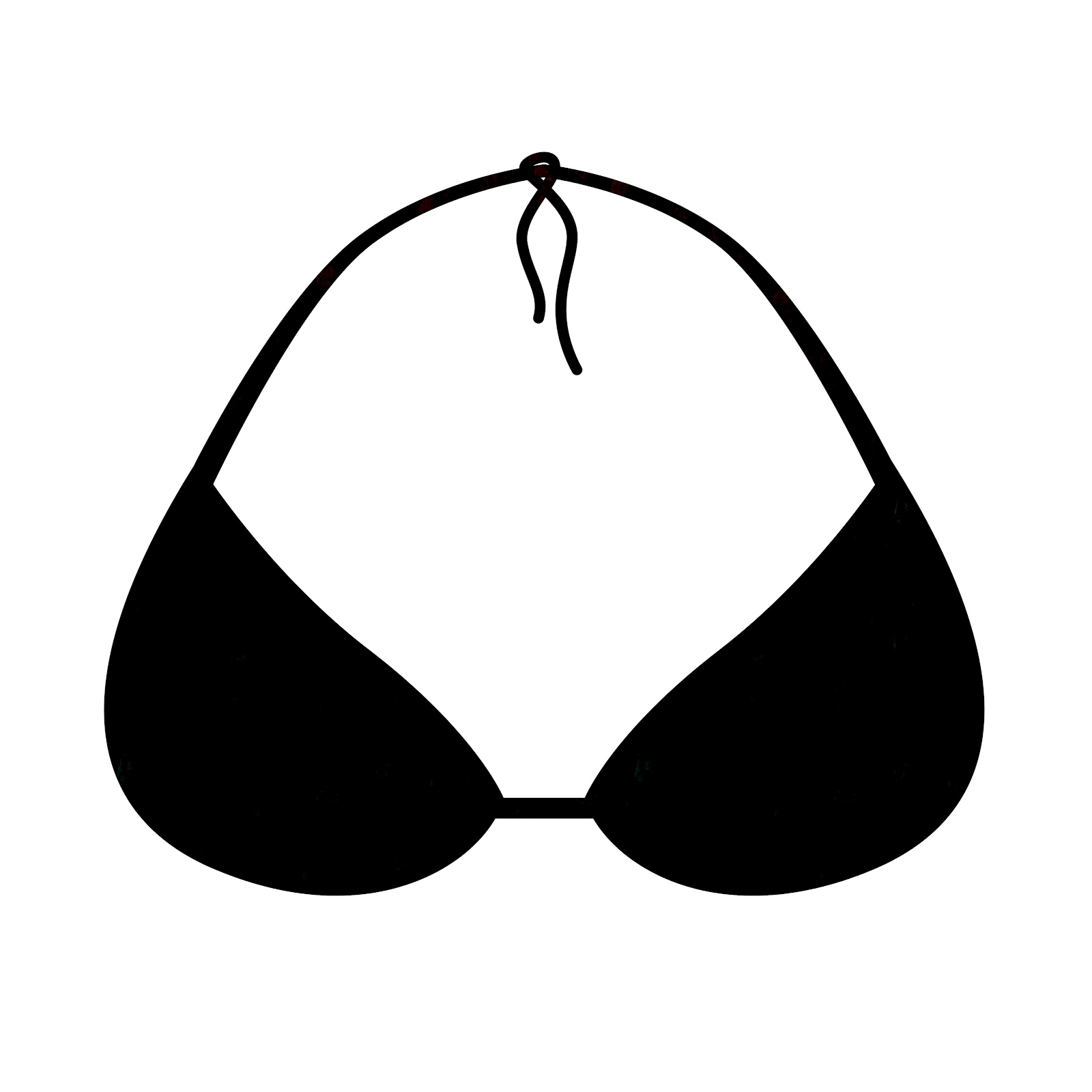- Long elasticized puff sleeves
Long elasticized puff sleeves are a style of sleeve that is typically found on garments such as blouses or dresses. The sleeves are made of fabric that is gathered or pleated at the top and held in place by elastic. This gives the appearance of a "puffed" look at the shoulder and a tapered fit at the wrist. The elastic band helps the puffed shape to maintain and also allow for mobility of the arm. This style was popular in the 80s and recently have seen a resurgence in the fashion industry.
- Off-the-shoulder neckline
An off-the-shoulder neckline is a style of neckline that sits below the shoulders, exposing the collarbone and upper arms. This type of neckline can be found on a variety of garments, including dresses, tops, and blouses. The neckline is created by cutting the fabric so that it sits low on the shoulders, creating a flattering and feminine look. This style of neckline was quite popular in the 90s and has seen a resurgence in recent years as a popular style for a range of occasions from casual to formal.
- Empire waist with A-line skirt
An empire waist, also known as a high-waist, is a style of garment in which the waistline sits above the natural waistline, usually just below the bust. This style of garment often has a fitted bodice and a full, flowing skirt. The A-line skirt is a type of skirt that is fitted at the waist and gradually flares out towards the hemline, creating an "A" shape.
When the empire waist and A-line skirt combined, it creates a silhouette where the bodice is fitted and the skirt gently flares from the waist. This style is often considered to be flattering for many body types because it creates the illusion of a slimmer waist and can be very feminine, elegant, and perfect for a variety of occasions from casual to formal.
A back zip closure refers to the presence of a zipper located at the back of a garment, typically a dress, skirt or pants, that allows the wearer to put on and take off the garment easily. This type of closure is usually hidden behind a placket or a panel of fabric that is sewn over the zipper to give a clean and smooth look. A back zipper closure is a commonly used method for closing and opening a variety of clothing item. It's considered to be practical, convenient, and can be found in a wide range of garments from casual to formal. The zipper can also be a decorative feature on the back of the garment, with some designers using a contrast color or an exposed zipper.
Smocking is a decorative technique that involves gathering fabric in small pleats and then sewing them in place. The result is a raised, textured pattern that is often used on clothing and other fabrics to create a decorative effect.
Smocked detailing is often used in clothing that needs to be elastic and adjustable in some areas, such as bodice of dresses, waist of tops or blouses, or sleeves. The technique allows the fabric to stretch and move with the wearer while maintaining the design. Smocking can be done by hand or by machine, and can be simple or intricate. It's a traditional technique that often found in vintage or folk-inspired clothing, but can also be modernized by using different colors and patterns in the smocking.
It can add a playful, bohemian and texture in the clothing and it's a popular technique in both children's clothing and women's clothing.
A garment that "hits at the mid thigh" refers to a piece of clothing, usually a dress or skirt, that falls to the mid-thigh level of the legs when worn. The exact length of the garment will depend on the height of the wearer and the proportion of their legs. This length is considered as short, typically above the knee and it can be worn casually or in more formal settings depending on the style, fabric, and design of the garment.
It can be quite versatile and can be paired with heels, wedges, or flats to create different looks.
It's generally considered a flirty, feminine and summery length, which can show off legs and adding an element of sexiness.
Dry cleaning is a process that is used to clean clothes and other fabrics that are not suitable for washing with water and detergent. Instead, it uses a liquid solvent, typically perchloroethylene, to remove dirt, stains, and odors.
Dry cleaning is often used for items that are made of delicate fabrics such as silk, wool, cashmere, and certain types of cotton, or for garments that have embellishments such as sequins, beads, or embroidery that could be damaged by water and agitation.
Also, it's a suitable method for items with special care instructions, like those labeled "dry clean only" or "dry clean" on the care tag.
The cleaning process typically involves the following steps:
- Pretreatment of any visible stains
- Loading the clothes into a machine that looks similar to a washing machine, but it's filled with the liquid solvent
- Agitating the clothes in the solvent to remove dirt and stains
- Removing the solvent and any remaining dirt and stains by centrifuging or filtering
- Drying the clothes in a machine that circulates hot air
- Finishing, which includes pressing, steaming, and inspecting the clothes to make sure they look their best.
It's considered to be a more gentle cleaning method compared to home washing but also can be more expensive.
SHOP >>
MORE DETAILS >>
#Dress





